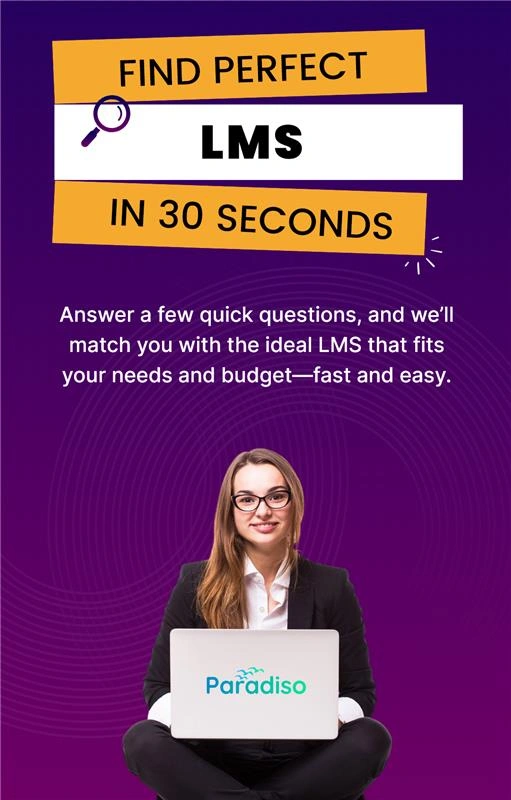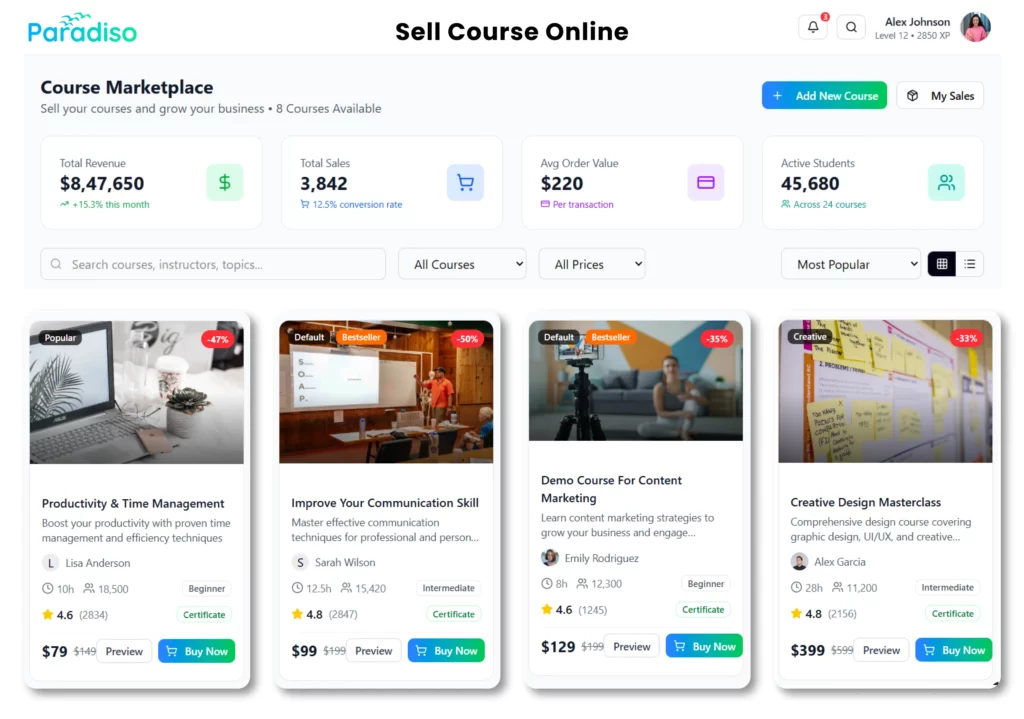Have you ever wondered how associations and organizations manage to survive and thrive in an increasingly competitive landscape? What’s the secret behind their ability to deliver exceptional member services, drive impactful initiatives, and stay financially resilient? Well, here’s the answer: non-dues revenue.
While membership dues are undoubtedly important, organizations are discovering the immense potential of non-dues revenue for associations as a game-changer. It opens up opportunities for growth, innovation, and sustainability. And guess what? Your Learning Management System (LMS) unlocks this untapped revenue potential. An LMS (Learning Management System) is like a supercharged toolbox for organizations, providing a robust software platform to create, deliver, and manage online learning experiences. It simplifies the process of offering courses, certifications, and educational content, allowing organizations to reach and engage learners effectively.
In this blog, let’s unravel the secrets behind successful revenue generation, uncover the hidden capabilities of an LMS, and provide you with actionable strategies to propel your organization’s financial success. So, fasten your seatbelts and embark on an adventure that will transform your revenue generation game.
Understanding Non-Dues Revenue for Associations
Non-dues revenue is the organization’s income through sources other than membership fees or dues. It encompasses various revenue streams, such as educational programs, events, sponsorships, merchandise sales, etc. Non-dues revenue for associations plays a critical role in organizations’ financial stability and growth, as it provides additional funds to support operations, initiatives, and member services.
Relying solely on membership dues can limit an organization’s ability to meet evolving needs and invest in innovation. However, generating non-dues revenue comes with its challenges, including identifying viable revenue streams, attracting customers, competing with external providers, and ensuring a sustainable and diversified revenue portfolio.
The Role of an LMS in Boosting Non-Dues Revenue
An LMS (Learning Management System) is a powerful tool for organizations to enhance their non-dues revenue generation efforts. With its comprehensive features and capabilities, an LMS provides a solid foundation for organizations to monetize their educational content and engage learners in revenue-generating activities.
The LMS is a centralized platform for creating, managing, and delivering courses, certifications, and educational resources, allowing organizations to package and sell their expertise. Organizations can generate revenue through paid courses, certifications, and premium membership levels by leveraging an LMS. Additionally, an LMS enables organizations to set up online stores or marketplaces to sell digital products and merchandise, expanding their revenue streams.
The Benefits of Using An Association LMS for Non-Dues Revenue Generation Include:
- Increased accessibility to a wider audience.
- Scalability of revenue-generating offerings.
- Automation of administrative tasks.
- The ability to track and analyze revenue performance effectively.
Key Strategies for Boosting Non-Dues Revenue with an LMS
A. Offer paid courses and certifications
B. Implement an Online Store or Marketplace
This enables organizations to sell digital products directly through their LMS platforms, such as ebooks, guides, and other valuable resources. Additionally, organizations can offer merchandise and branded materials, allowing members and supporters to showcase their affiliation. To further enhance revenue generation, organizations can establish partnerships with relevant vendors and create affiliate programs to earn a commission on sales made through their LMS. Implementing an online store or marketplace within the LMS expands revenue opportunities, leverages existing resources, and creates a seamless shopping experience for members and customers.














